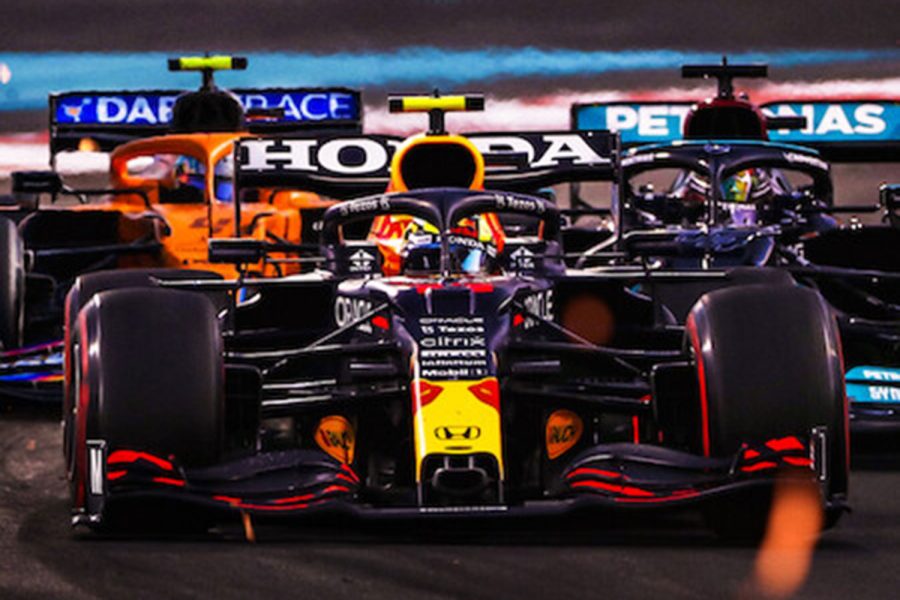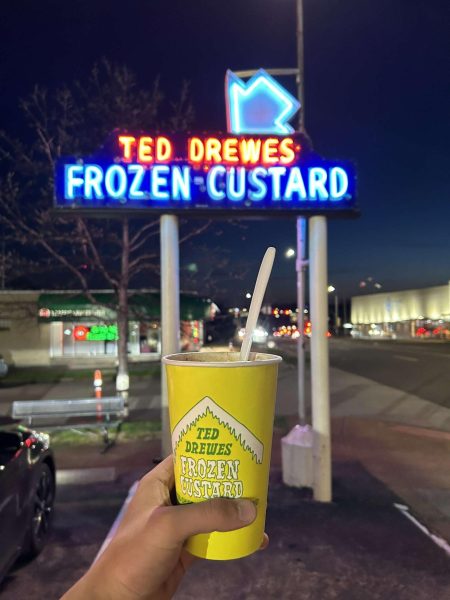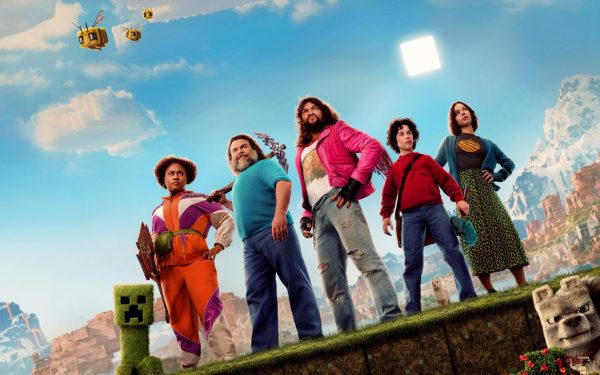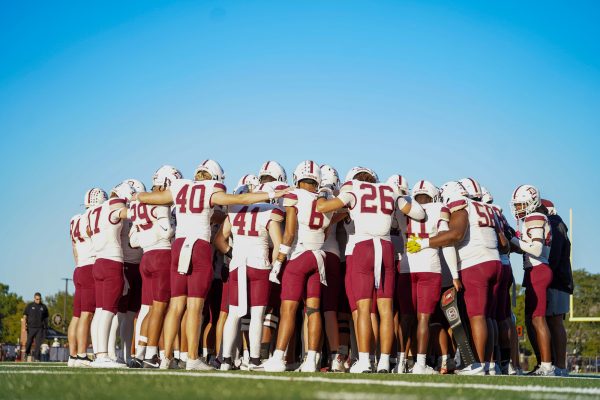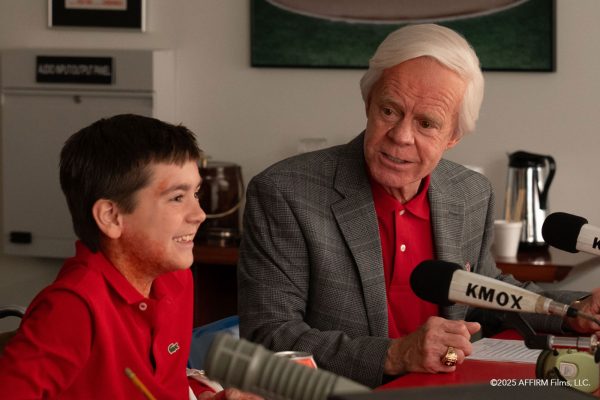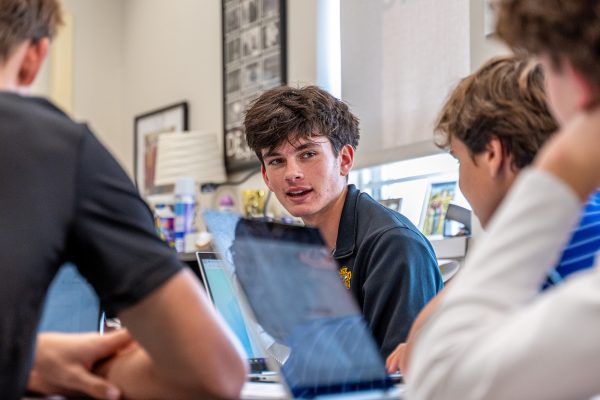New season of Netflix’s Formula One wins with action and beauty
Season 4 of Formula One: Drive to Survive released on Netflix March 11.
Netflix’s recent installment of “Formula One: Drive to Survive” was met with criticism from die-hard F1 fans, with many calling it fabricated and over-dramatized. However, I believe that much of this criticism is unwarranted.
The first season of Drive to Survive was released in early 2019, and since then the sport has added over 73 million global viewers according to The Guardian, so the series is clearly doing its job.
The rapid increase in people watching the action unfold live results in people already knowing the main storylines of the 22 race season. Condensing these 22 races into a 10 episode season means some storylines have to inevitably be cut, such as Lewis Hamilton’s comeback from 20th to 1st in the Brazilian Grand Prix. Because of this community outrage, some drivers have even requested to be exempt from interviews for the show, such as the winner of the 2021 Drivers Championship, Max Verstappen.
There are also quotes that seem to be taken out of context and exaggerated, such as a rivalry between McLaren teammates Lando Norris and Daniel Ricciardo, who have come out and said that their “conflict” was over-exaggerated in the show. Despite this, Drive to Survive Season 4 completes the mission it was created for. Getting new fans into the sport, and generating media attention for the sport we know and love. There are storylines that we didn’t see during the season that are present in the show, like the stories of the Haas and Williams teams, the former in turmoil over their Russian oligarch’s frustration about his son’s performance, and the latter in a rebuilding stage, with new ownership and a new boss in rally legend Jost Capito. Drive to Survive Season 4 excels in giving fans both new and old a glimpse into teams that are rarely in the spotlight over the course of a season.
The cinematography of Drive to Survive never fails to impress. Wide-angle cameras mounted on the track, on the cars, and even inside the drivers’ helmets to slow-motion trackside cameras, cable cameras down fast straights, and even a helicopter camera, there is no shortage of variety when it comes to the camera angles in the show. Interviews are shot with a black background, helping to break up the hour-long episodes and providing plenty of exposition. Some episodes follow the drivers into their personal life, like Ferrari pilot Carlos Sainz Jr. and his dad golfing in scenic Spain, or Mercedes boss Toto Wolff and his family’s Monaco apartment. Every shot is intentional and professionally colored, adding to the viewing experience.
While this new installment of Drive to Survive might not live up to the standards set for it by the most passionate fans of the sport, I would still heavily recommend it to anyone looking for something to watch.

